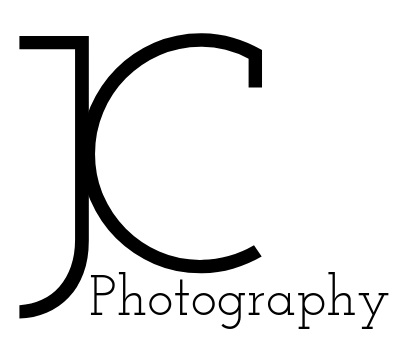The sun is down and you are stuck at home, but does that mean there is nothing you can shoot? I don't think so, so the last couple nights I have been trying to to do some lighting painting combined with product photography which I saw online before. I hope by going through my setup and pictures, you can be inspired to shoot more as well. So what does it mean by lighting paining combined with product photography, lets check out one of the images!
The Setup
These are the equipments you need to take these pictures. Simple right?
The iPad is installed with an app call myLightPaint and it is quite a simple and easy to use and the torch is used to light up the subject. The camera...well, takes the pictures of course!
You don't really need an app to do a basic light painting, but using the app allows you to change the size and the colour of the light which give you more creative flexibility.
Changing colour makes the background more interesting.
Settings and Taking the Pictures
Settings that I used for these pictures are:
- Shutter Speed: 15' to 20' secs depending on how much time you need to light paint the background and light up the subject
- Aperture: f/8-11 should give you enough depth of field and it will cut down on the ambient light if your room is not light tight
- ISO: 100 to keep the noise down
These should give you a rough idea where to start and lets go through how to set up the shot.
Set up your subject just like a product placement. I would recommend putting your subject on a dark surface so it blends in better with the dark background.
Set your camera on a tripod and nail the focus. After everything is set, switch the lens to manual so it won't refocus every time you press the shutter.
Practice the lighting (light painting) - Try the light painting so that you know how fast and how much you need to move.
Practice the lighting (subject lighting) - Try lighting the subject with the torch and experiment how close you need to shine the torch and where do you need to shine it with.
After you got the lighting sorted, you can now take the picture! I do the light painting before I light the subject because I do find that procedure easier.
Some tips that I found useful when I was shooting this are
- Start with a smaller subject because it is easier to control the lighting
- Try to minimise stray light when you are using a torch
- Make sure you are not shining your torch towards the camera
- Watch out for shadows on your subject
- Place subject far away from a wall so you won't light up the background
I finished off by trying it with my guitar and it was getting a little bit difficult because of the larger size. But it is still a very fun way to create something interesting in the comfort of your own home.
Post Processing
This is something you can definitely get really close in your camera and as you can see, you don't really need to do much in post processing.
I don't think there is one specific way to edit because your lighting set up with be different, but generally you want to darken the background and makes the light painting more prominent.
Final Thoughts
I think this was definitely a simple and easy thing to try if you are bored at home. It just proves that all you need is your creativity and some simple props at home. I hope you found this post helpful and feel free to share your results.
If you have enjoyed this, feel free to check out my other blog posts, like and share my facebook page. You can also visit my store to purchase a print to decorate your house or as a gift for a friend. I am only shipping within Australia at the moment, but I am working on international shipping, so that hopefully will be coming soon.
Until next time!
Jonathan



